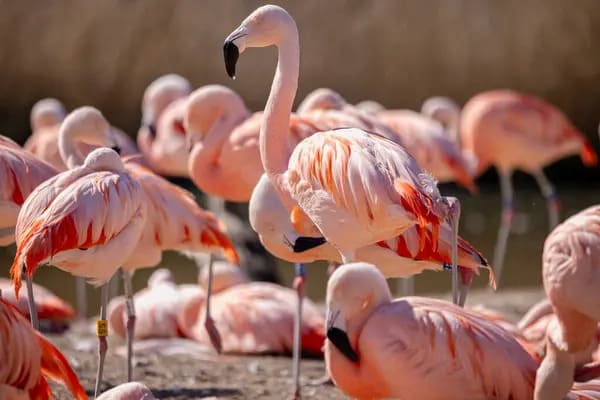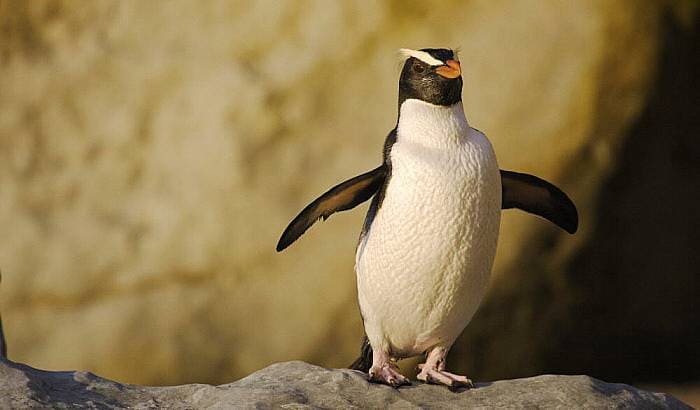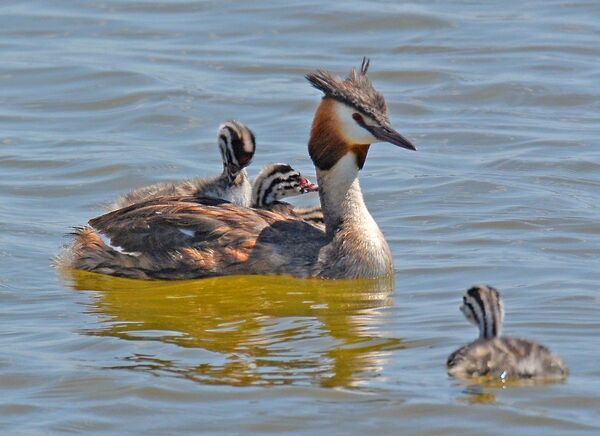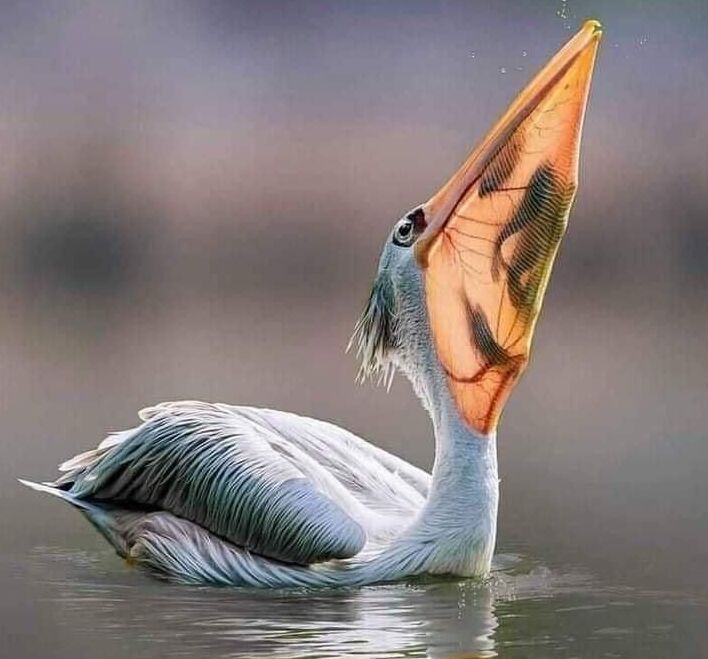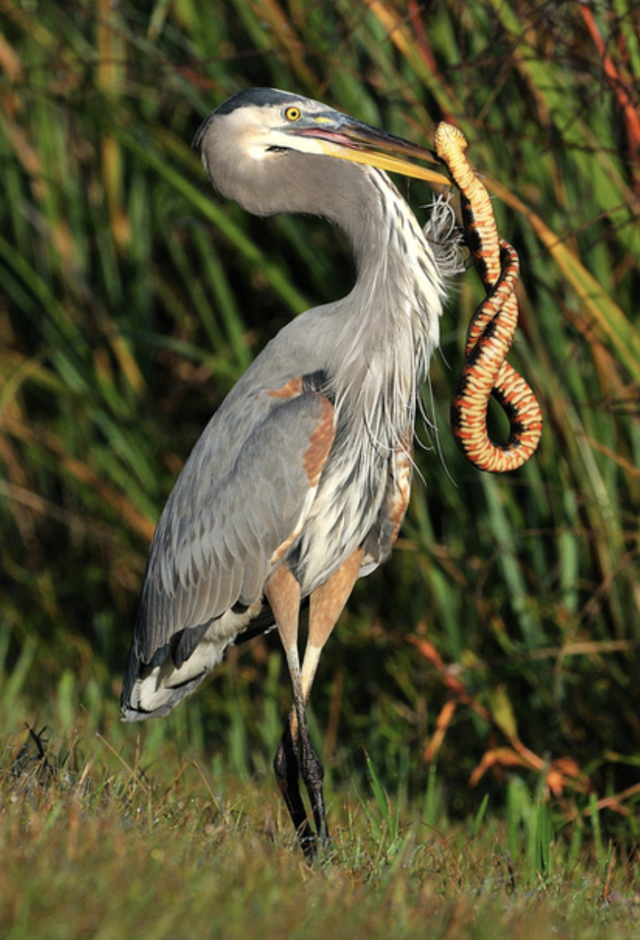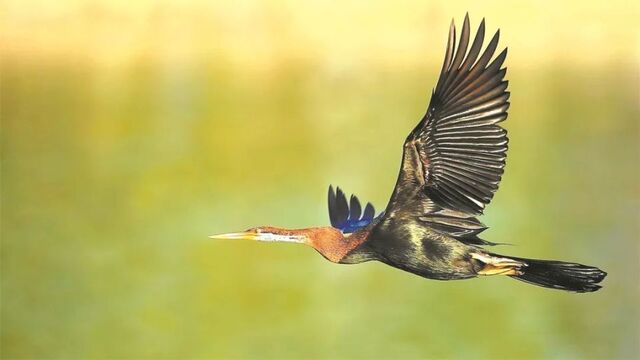Platalea leucorodia
IUCN
LCBasic Information
Scientific classification
- name:Platalea leucorodia
- Scientific Name:Platalea leucorodia,Eurasian Spoonbill,Spoonbilled Heron, Spoonbilled Heron
- Outline:Wading birds
- Family:Ciconiiformes L.family Spoonbill
Vital signs
- length:74-87.5cm
- Weight:2-2.08kg
- lifetime:No verification information
Feature
The mouth is long, straight, flat and wide like a pipa
Distribution and Habitat
Origin: Afghanistan, Albania, Algeria, Armenia, Austria, Azerbaijan, Bahrain, Bangladesh, Belgium, Bosnia and Herzegovina, Bulgaria, Cape Verde, Chad, China, Croatia, Cyprus, Czech Republic, Denmark, Djibouti, Egypt, Eritrea, Ethiopia, France, Gambia, Germany, Greece, Guinea-Bissau, Hong Kong, Hungary, India, Islamic Republic of Iran, Iraq, Israel, Italy, Japan, Jordan, Kazakhstan, Kenya, South Korea, North Korea, Kuwait, Kyrgyzstan, Lebanon, Libya, Macedonia, Mali, Malta, Mauritania, Moldova, Mongolia, Montenegro, Morocco, Myanmar, Nepal, Netherlands, Oman, Pakistan, Palestine, Portugal, Qatar, Romania, Russian Federation, Saudi Arabia, Senegal, Serbia, Slovakia, Slovenia, Somalia, South Sudan, Spain, Sri Lanka, Sudan, Switzerland, Syrian Arab Republic, Tajikistan, Thailand, Tunisia, Turkey, Turkmenistan, Ukraine, United Arab Emirates, United Kingdom, Uzbekistan, Western Sahara, Yemen.
Migrant birds: Belarus, Brazil, Burkina Faso, Cameroon, Democratic Republic of Congo, Faroe Islan
Appearance
The white spoonbill has a long and straight bill, flat top and bottom, the front end is expanded into a spoon shape, black, and the end is yellow; the legs are also long, black, and the lower part of the shin is exposed. Xia Yu is white all over, with a long, hair-like crest on the back of the head and orange-yellow feathers, an orange-yellow neck ring on the lower part of the forehead, and an exposed, orange-yellow chin and upper throat. The winter feathers are similar to the summer feathers, with white body, no crest on the back of the head, and no orange collar on the lower part of the front neck.
Young birds are all white. The first to fourth primary flight feathers have dark brown end spots, the bases of the inner flight feathers are decorated with grayish brown, and most of the wing feathers have black rachis.
The iris is dark yellow, the beak is black, and the front end is yellow. Young birds are all yellow, mixed with black spots. The skin before the eyes, around the eyes
Details
The Eurasian Spoonbill is a large wading bird with three subspecies.
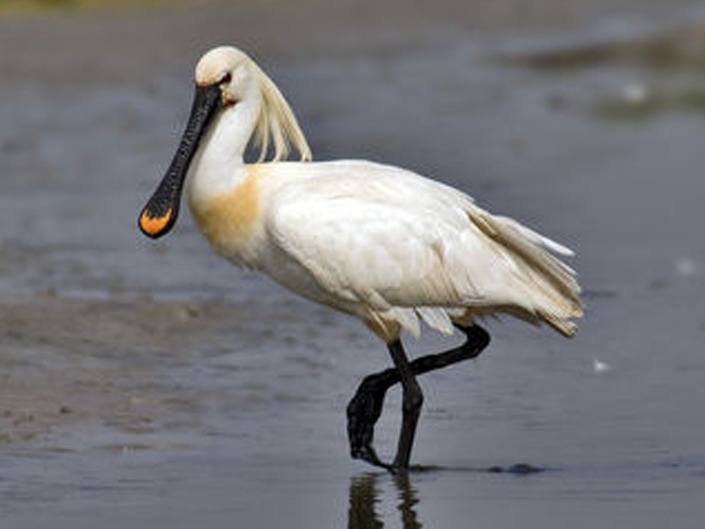
The populations of Eurasian Spoonbill that breed in northern China are all summer migrants. They migrate from the southern wintering grounds to the northern breeding grounds in spring from early to late April, and migrate south in autumn from late September to late October. During migration, they often fly in small groups of 40-50 birds, in a vertical column or in a wave-like oblique formation. They usually fly with flapping wings and occasionally glide. They mostly migrate during the day and stop to feed in the evening. The populations that breed in southern China are mainly resident birds and do not migrate. The populations that breed in Europe mainly winter in Africa, most of them go south to Somalia and Sudan, a few go to Nigeria, Kenya and Uganda, a few stay in the Mediterranean Basin, and occasionally a few go north to the Netherlands and the United Kingdom to winter. Some of the populations that breed in Eastern Europe go through Greece to the Nile River, and some go through Italy to Tunisia. Some of the ringed birds in Eastern Europe have been recovered in southeastern Europe, Italy, Turkey, Tunisia, Libya, Egypt, Sudan and Niger in winter. The populations that breed in West Asia mainly winter in southern India and Sri Lanka, as evidenced by the fact that the five chicks ringed in the Caspian Sea and the Black Sea were later recovered in India. The populations that breed in East Asia mainly migrate to southeastern China for wintering, and a few go to Japan.
White spoonbills often move in groups, and occasionally they are seen alone. When resting, they often spread out in a straight line at the water's edge and stand still for a long time. They are alert and afraid of people, and it is difficult to approach them. They often fly in a sparse single line or in a wave-like oblique line, flapping their wings quickly, an average of 186 times per minute. They can not only flap their wings to fly, but also glide using thermal air currents, and often combine flapping wings and gliding. When flying, their legs are stretched backwards and their heads and necks are stretched forward.
White spoonbills mainly feed on small vertebrates and invertebrates such as shrimps, crabs, aquatic insects, insect larvae, worms, crustaceans, mollusks, frogs, tadpoles, lizards, small fish, and occasionally eat a small amount of plant food. They mainly forage in the morning, dusk and evening. Usually in small groups, occasionally seen foraging alone. They mostly forage in shallow waters no deeper than 30 cm, and often in intertidal zones and river estuaries at the seaside. In the breeding season, they sometimes fly to places 10-20 kilometers away from the nesting site to forage, and there are even reports of foraging 35-40 kilometers away from the nesting site. They do not forage for visible food directly with their eyes, but walk in shallow waters by the water while opening their mouths and sweeping them back and forth in the water, like a semicircular sickle mowing back and forth from one side to the other. The mouth is usually opened 5 cm, and the tip of the mouth directly touches the bottom of the water. When it touches the prey, it can catch it, and sometimes even puts the mouth aside and runs quickly to forage for food.
White spoonbills nest in groups of several to nearly a hundred, and sometimes form mixed groups with other herons, spoonbills and waterfowl to nest. Usually nests are built in waters and nearby areas with dense reeds, cattails and other emergent plants and nearby shrubs or trees. The breeding season is from May to July. Nests are built in dry reeds or on trees and shrubs, and sometimes on the ground. Most nests are built in low-altitude plains, but in Armenia, nests are also found in plateau lakes at nearly 2,000 meters. The distance between the nesting location and the foraging ground is usually no more than 10-20 kilometers. The nests are very close to each other, usually 1-2 meters, and sometimes even close to each other. The nest is relatively simple and large, usually made of reeds and reed leaves, sometimes with partially dead branches, with grass stems and grass leaves inside. The size of the nest is 50-80 cm in diameter and 40-60 cm high. The nesting location can be used for many years, and the male and female parents participate in the nesting together. Each nest usually lays 3-4 eggs, occasionally as few as 2 and as many as 5 or 6 eggs, and usually one egg is laid every 2-3 days. The eggs are oval or oblong, white with small reddish-brown spots, and the size of the eggs is 60-73 mm × 43-49 mm. After the first egg is laid, the eggs begin to be incubated, but until all the eggs are laid, they are usually incubated only at night, and the male and female parents share the responsibility. The incubation period is 24-25 days. The chicks are late-maturing, and after hatching, they are raised by the male and female parents. When feeding, the chicks put their mouths into the parents' mouths to eat. The chicks can fly at 45-54 days, but at this time the chicks do not leave the parents, but gradually start to forage for food by themselves under the guidance of the parents. The parents also feed them at the beginning, and then gradually reduce until they stop feeding.
Listed in Appendix I, Appendix II and Appendix III of the Convention on International Trade in Endangered Species of Wild Fauna and Flora (CITES) 2019 Edition Appendix II.
Listed in the IUCN Red List of Threatened Species in 2016 ver 3.1 - Least Concern (LC).
Listed in the second level of China's National Key Protected Wildlife List (January 14, 1989).
Listed in the China Red Book of Endangered Animals Level: Vulnerable Effective Year: 1996
Listed in the second level of China's National Key Protected Wildlife List (February 5, 2021).
Protect wild animals and stop eating game.
Maintaining ecological balance is everyone's responsibility!

